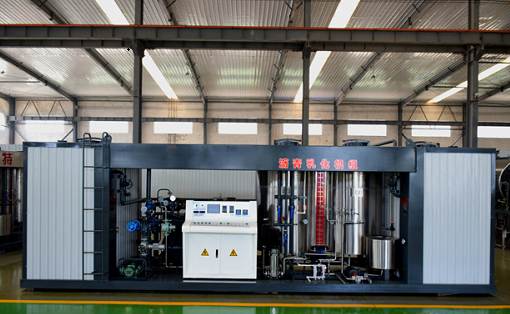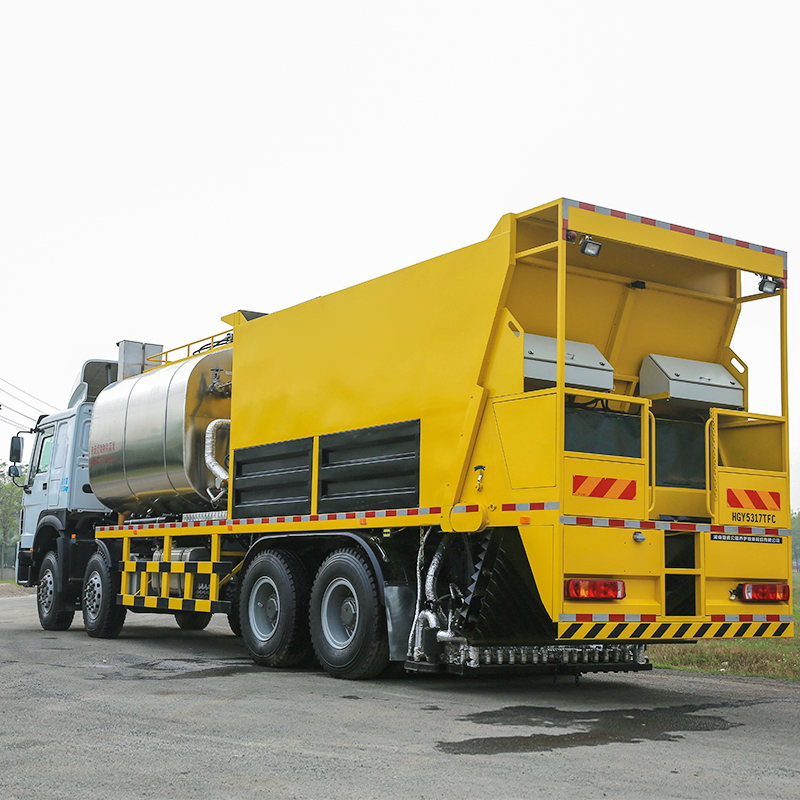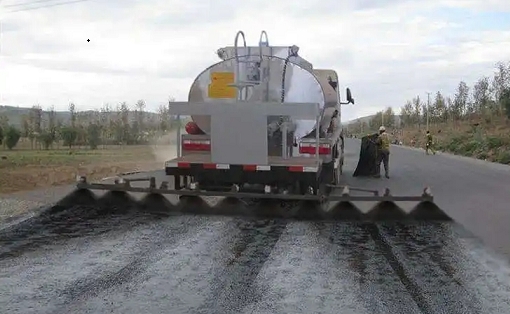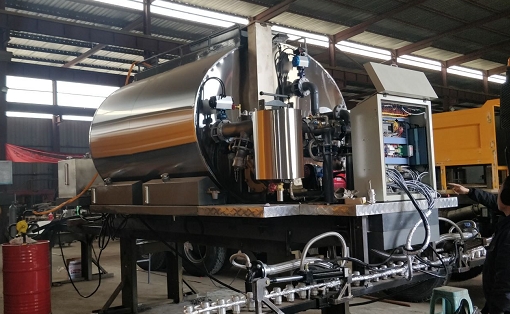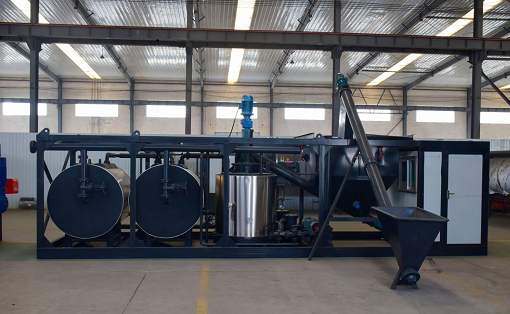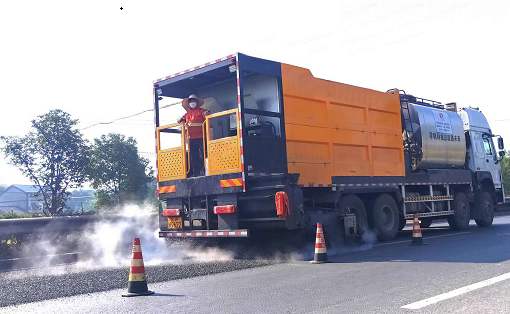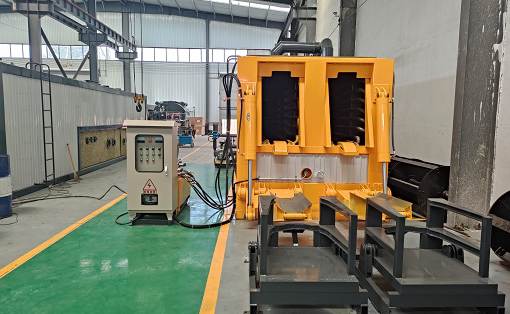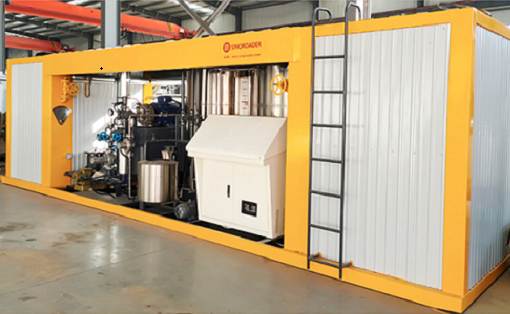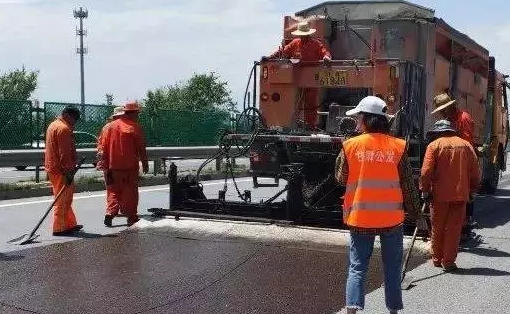The practice of using emulsified asphalt equipment to maintain the penetration oi
All kinds of base layers have the problem of strength formation and growth (Emerson). The strength is gradually generated during the curing process, and the internal structure will become more and more dense. The test shows that when the semi-rigid base layer is sprayed with penetration oil before the cement (material: powdered water-hardening inorganic cementitious material) has not yet hardened, the penetration depth is deep; with the increase of age and strength, the penetration effect of the penetration oil is getting worse and worse.
At the same time, timely spreading of penetration oil has a good retention effect on the moisture in the base layer, preventing the evaporation of moisture, ensuring the formation of the strength of the base layer, and the surface of the base layer is not easy to loosen. The penetration oil also protects the semi-rigid base layer from cracking due to exposure to the sun. Furthermore, since the base layer is no longer covered and watered for curing, the temperature inside the base layer is high, which is conducive to the growth of strength.
All kinds of base layers have the problem of strength formation and growth (Emerson). The strength is gradually generated during the curing process, and the internal structure will become more and more dense. The test shows that when the semi-rigid base layer is sprayed with penetration oil before the cement (material: powdered water-hardening inorganic cementitious material) has not yet hardened, the penetration depth is deep; with the increase of age and strength, the penetration effect of the penetration oil is getting worse and worse.
At the same time, timely spreading of penetration oil has a good retention effect on the moisture in the base layer, preventing the evaporation of moisture, ensuring the formation of the strength of the base layer, and the surface of the base layer is not easy to loosen. The penetration oil also protects the semi-rigid base layer from cracking due to exposure to the sun. Furthermore, since the base layer is no longer covered and watered for curing, the temperature inside the base layer is high, which is conducive to the growth of strength.
In general areas, since the air humidity is not as low as that in Ejina area (the average relative humidity in Ejina area is only 5%), the penetration layer should be sprinkled when the surface of the base layer is slightly dry but has not yet formed strength. Asphalt spreaders are asphalt binders made by adding rubber, resin, high molecular polymer, ground rubber powder or other fillers (modifiers), or taking measures such as mild oxidation of asphalt to improve the performance of asphalt or asphalt mixture. Liquid asphalt, emulsified asphalt, coal tar can be used as the material for spreading. The spreading amount generally adopts the middle or lower value specified in the standard. After the spreader is spread, it is basically unnecessary to manage.
Selection of spreading materials. Emulsified asphalt equipment should be used as the material for spreading, because emulsified asphalt equipment is water-based and contains some water. The oil film formed after spreading can better block the water in the base layer and prevent the loss of water. The spreading amount of penetration oil is 1.2~1.5L/m2, and the specific spreading amount is determined according to the trial spreading; crushed stone aggregate with a particle size of 2.36~4.75mm should be spread on the surface, and the amount should be non-stick wheel.
Places to pay attention to when spreading. Due to the low humidity in the local air, a certain amount of water should be added after rolling to ensure the surface of the base is moist. When watering, the water truck’s water nozzle should not spray directly on the base, but the nozzle should be pointed upward so that the water forms a mist and then adds water in the form of natural falling. After the water is added, the emulsified asphalt equipment should be sprayed immediately.


